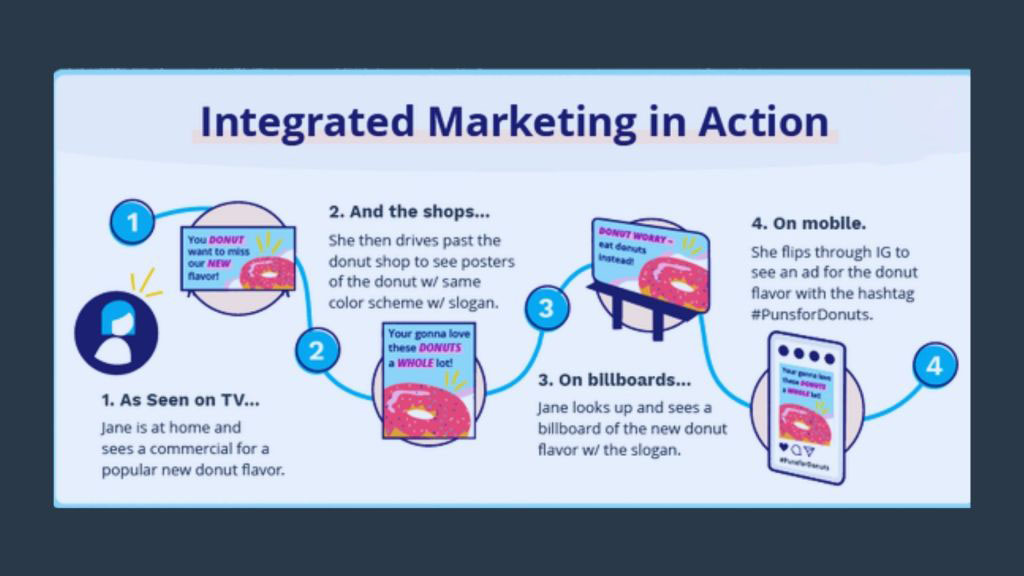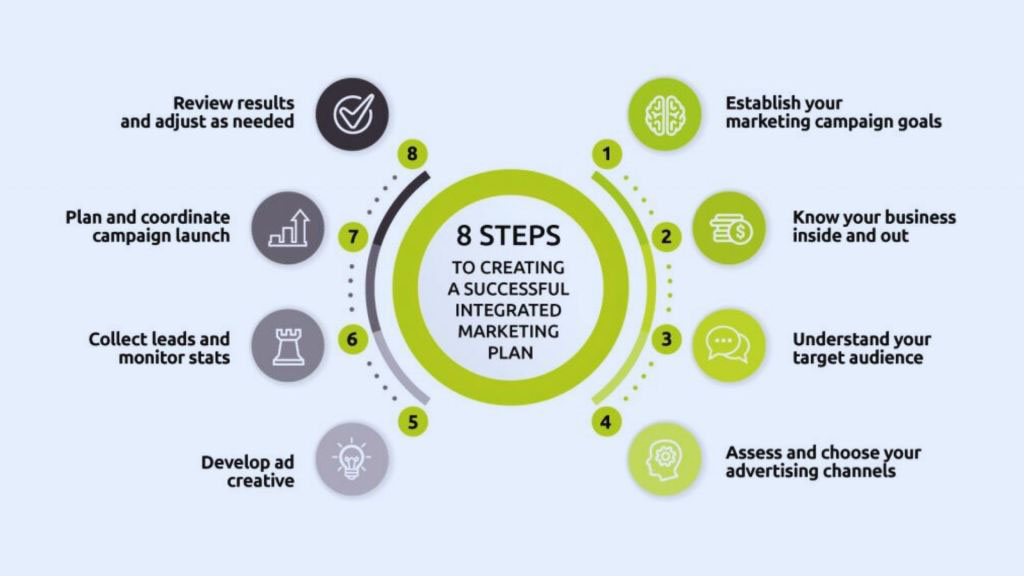Imagine you’re conducting a symphony. Each instrument represents a marketing channel – social media, email marketing , SEO, content marketing, etc. Now, to create a beautiful melody that resonates with your audience, all these instruments need to play in perfect harmony. This is the essence of integrated marketing. Integrated marketing weaves together different marketing channels to deliver a unified message to your target audience. But how do you know if this harmonious blend achieves the desired results? This is where measuring the success of your integrated marketing campaign comes in.
Integrated Marketing: Measurement Matters
In today’s data-driven marketing landscape, more than simply launching a campaign and hoping for the best is required. You need to track and analyze its performance to understand what’s working and what’s not. This enables you to optimize your return on investment (ROI) and improve your strategy.
How is the effectiveness of an integrated marketing campaign measured? Here’s a breakdown of critical steps to consider:
Setting SMART Goals
The foundation of successful measurement lies in setting clear goals. These goals should be SMART : Specific, Measurable, Achievable, Relevant, and Time-Bound.

- Be specific. Choose a more targeted goal, like “increase website traffic by 20% within the next quarter,” instead of a broad one, like “increase brand awareness.”
- Measurable: Define how you’ll track progress towards your goals. This could involve website analytics, social media insights, or sales figures.
- Achievable: Make sure your goals are challenging but doable. Unrealistic goals can be demotivating.
- Relevant: Ensure your goals align with your marketing objectives and business strategy.
- Time-bound : Decide on a deadline for accomplishing your objectives. This will help you monitor your progress over time and instill a sense of urgency.
By setting SMART goals, you have a clear roadmap to measure the impact of your integrated marketing campaign .
Identifying Key Performance Indicators (KPIs)
Once you have your goals, the next step is identifying Key Performance indicators (KPIs). These quantifiable metrics will tell you how well your campaign is performing toward achieving them.
What KPIs you select will depend on the goals of your campaign. Here are some common examples of KPIs for integrated marketing campaigns:
- Brand Awareness: Website traffic, social media reach, impressions, brand mentions.
- Lead Generation: Number of leads generated, cost per lead (CPL).
- Customer Acquisition: Conversion rate, sales figures, customer lifetime value (CLV).
- Engagement: Social media engagement (likes, comments, shares), email open rates, click-through rates (CTRs).
Pro Tip: Don’t overwhelm yourself by tracking too many KPIs. Focus on the metrics that are most relevant to your campaign goals.

Utilizing Marketing Analytics Tools
Luckily, several marketing analytics tools are out there to assist you in monitoring and evaluating the effectiveness of your campaigns. Here are a few popular options:
- Google Analytics: Provides insights into website traffic, user behavior, and conversions.
- Social media analytics: Most platforms offer built-in analytics that tracks engagement metrics.
- Email marketing analytics: These tools track email open rates, click-through rates, and unsubscribes.
- CRM software: Software for managing customer relationships can be used to track leads, conversions, and customer interactions.
With these technologies, you can gather helpful data to evaluate the effectiveness of your integrated marketing initiatives.
Analyzing Your Results and Making Adjustments
Once you’ve collected your data, it’s time to analyze the results. See how your campaign is performing against your set goals and identify areas for improvement.
- Are specific channels performing better than others?
- Does your intended audience find resonance in your message?
- Are there any leaks in your sales funnel?
Examining your data can help you make data-driven decisions and gain insightful insights to optimize your campaign. This might involve adjusting your budget allocation across channels, refining your messaging, or testing new creative assets.

Attributing Success Across Different Channels
Integrated marketing aims to guide customers through several touchpoints seamlessly. However, attributing success to specific channels within this interwoven strategy can be challenging. Here are some methods to consider:
- Multi-Touch Attribution: This model assigns credit for conversions across all channels a customer interacts with before purchasing. This provides a more holistic view of your marketing ecosystem.
- First Touch Attribution: This model credits the first channel a customer interacts with on their journey.
- Last Touch Attribution: This model credits the final channel a customer interacts with before converting.
The best attribution model for your campaign will depend on your goals and customer journey. Experiment with different models to see which one provides the most insightful data.
Measure, Adapt, and Succeed
You must continuously measure the success of your integrated marketing campaign. By regularly checking your KPIs, evaluating the data, and making necessary modifications, you can measure that your marketing activities produce expected results. Remember, integrated marketing is a symphony, and just like a conductor fine-tunes the orchestra, you need to fine-tune your campaign based on the data you collect.
Ready to explore how OCH can help you create and measure high-performing integrated marketing campaigns? Contact our team of experts today!



